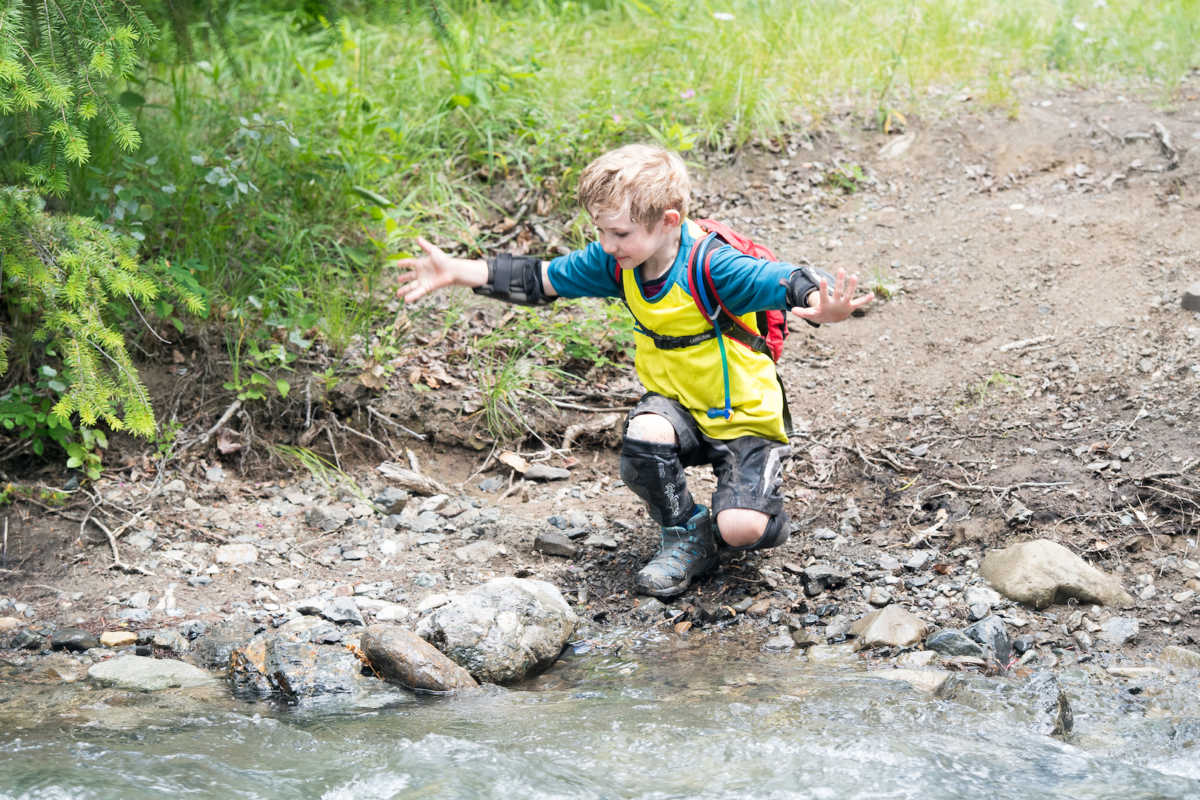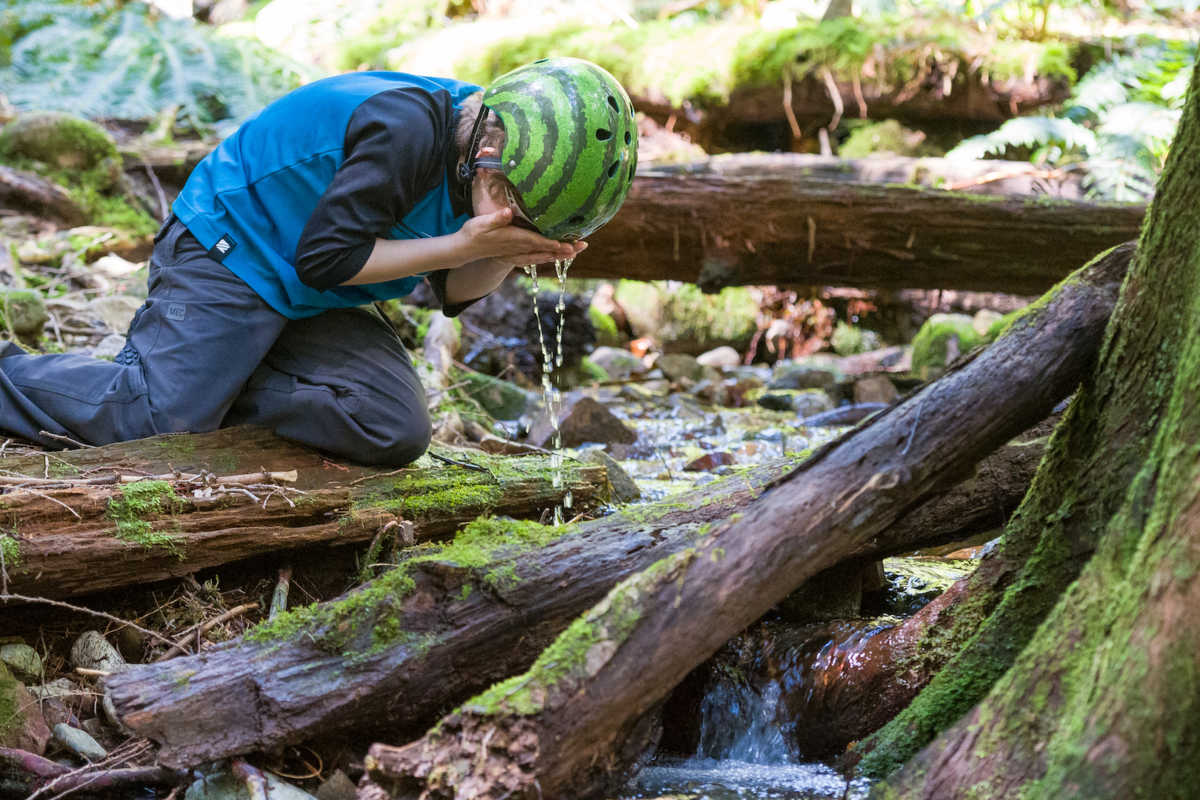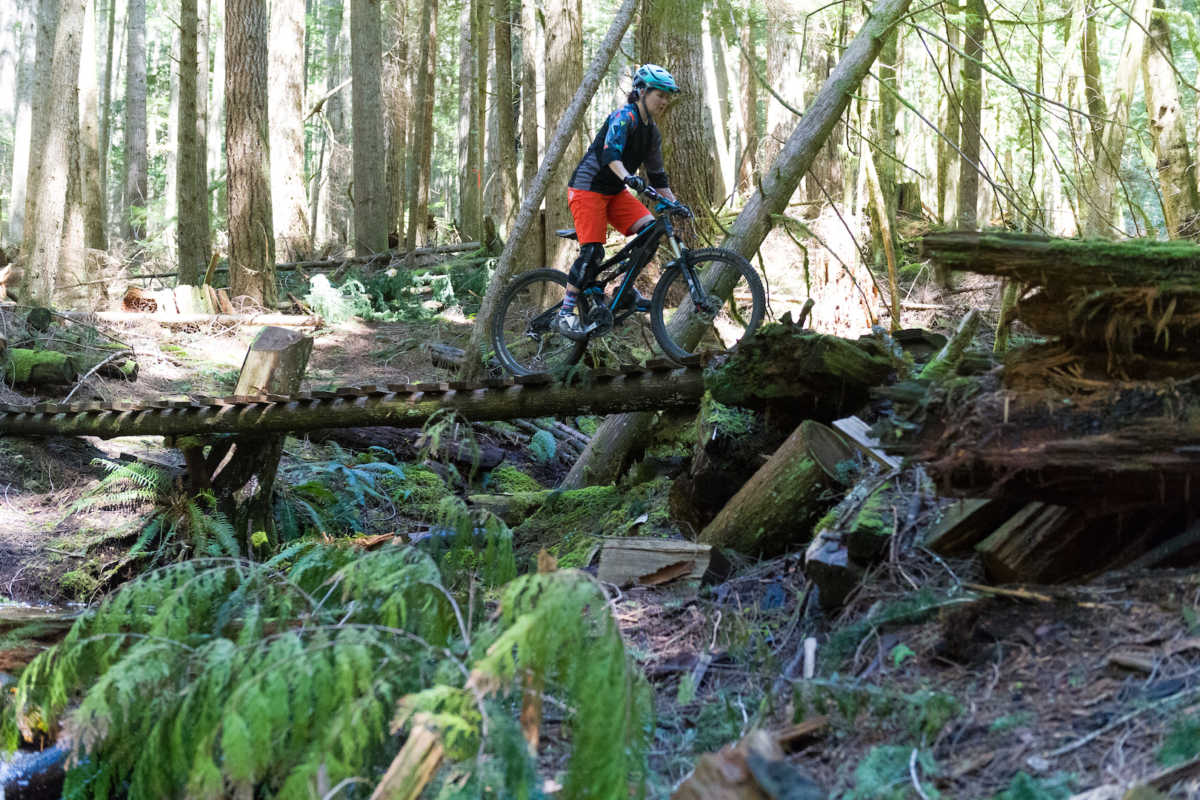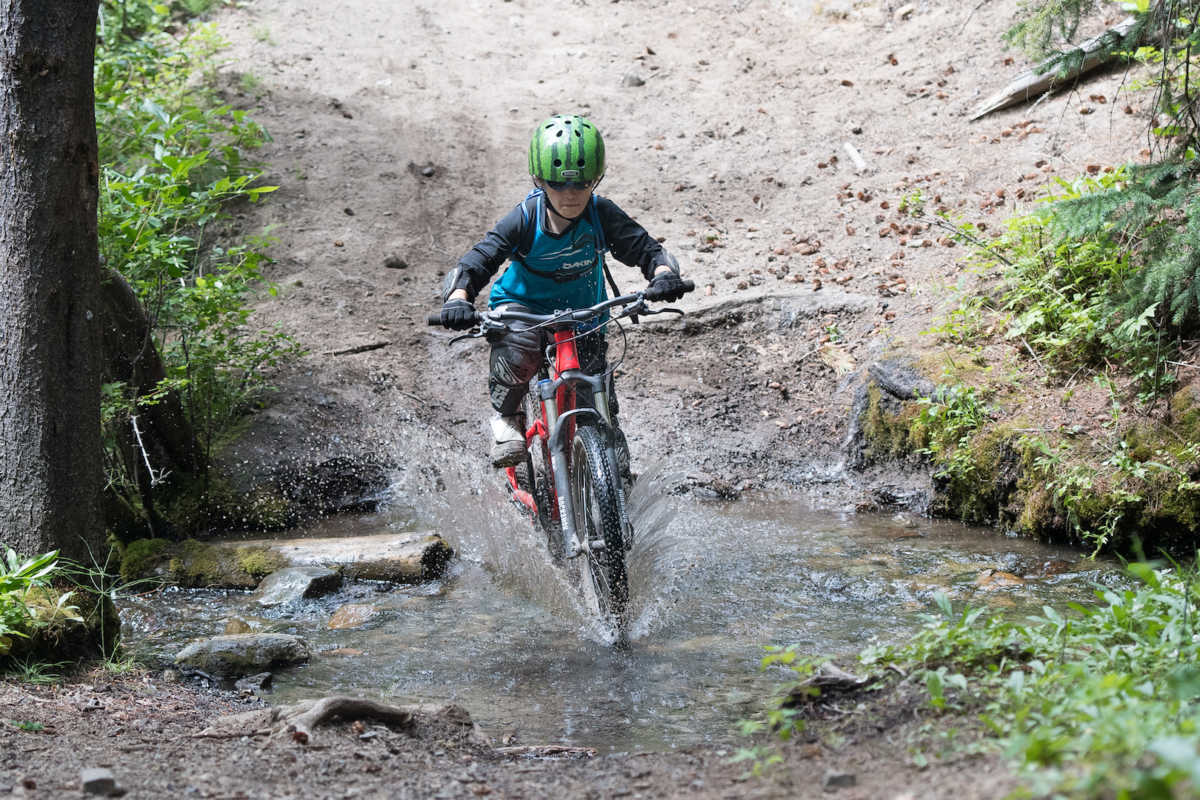Clean Water
Text and Photos by Cécile Gambin
There’s a creek just inches from me. It’s clean looking, fast moving and looks deliciously refreshing. Question is…should I, or shouldn’t I? We’ve all been there – just ran out of water, left the hydration pack at home – and so, we take a sip.
While the water may look tasty it is what we don’t see that can pose serious health risks. In fact, what we assume is safe to drink can be teeming with nasty bacteria and viruses that can make us very sick. Water borne pathogens need to be destroyed or rendered inert before it can be drank. The best way to do this and minimize the risks of infection is by treating the water with a filtration or a purification system. And, to ‘treat’ all water as contaminated.

There are many living things in water harmless to humans. And then there are these which are best avoided:
Bacteria – these are single-celled organisms transferred through human and animal fecal waste:
- Escherichia coli (E. Coli)
- Salmonella

Protozoa – these are single-celled organisms that are naturally present in water. The harmful type of bacteria are spread through human and animal fecal waste:
- Giarda
- Cryptosporidium
- Toxoplasma gondii
- Amoebae
- Ciliates
- Flagellates
- Apicomplexans
Parasitic and helminth zoonoses – these are diseases that can be transmitted to humans from animals and most are worms that lay eggs in your body causing lots of nasty problems:
- nematodes
- ascarids
- pinworms
- hookworms
- strongyloides
- angiostrongyloides
- capillarids
- guinea worms
- liver flukes
- tapeworms

Viruses – the smallest waterborne agents that spread to humans through [animal] human waste.
- Hepatitis A
- Norwalk
- Rotavirus
If this list doesn’t scare you away from drinking untreated water here is one persons’ experience: ‘I recall hiking up a crystal clear mountain stream in the White Mountains of New Hampshire. At the top of a high waterfall, below which people often swim, lay a huge rotting moose carcass that dammed up the entire stream. Unbeknownst to all, the whole water course filtered through eight hundred pounds of rotting meat on the way to that fine swimming hole downstream.’ – Ron Fontaine
Ewww. Gross, right?

Generally…
There are zones that offer cleaner water over others. But, again, all water should be treated as contaminated.
There is a moderate risk the higher you travel. At elevation there are fewer animals and people. The water above the tree line may offer a lower risk of waterborne pathogens however there is no way to know for sure without testing. An alpine lake may be clean one day but an irresponsible hiker or mountain biker relieving themselves, bathing or even washing their dishes can ruin it the next day.
In contrast, populated areas are high risk. Poor sanitation allowing sewage and other waste to pollute the water supply can allow pathogens to spread to lakes, rivers and municipal waters.
The risk of contamination is also increased where vegetation is found as farming animals, and wildlife graze nearby. Finally not to be forgotten is our beloved beaver which can induce ‘beaver fever’ in humans.

How to Treat Water:
There are several ways to decontaminate water. These methods are simple and fairly effective at removing most bacteria and viruses.
-
- Boiling Water – not to be disregarded boiling water is one of the most effective treatments to purify water. Simply bring the water to a hard boil for approximately 5-10 minutes (more if you are at altitude). The majority of organisms will be killed. However, minerals, metals and solids will still remain.
- Water Purifiers – these include pumps, water bottles with built in purifiers, UV purifiers and gravity fed purifiers (e.g. Brita filter). Pour the water in and pump. Or, let it strain through the filter.
- Purification Tablets – iodine tablets and chlorine tablets are added to the water which should be at 21C (68F) or higher to be most effective. Pregnant women, women over 50 and people with thyroid problems or taking Lithium should consult with a doctor before taking iodine tablets.
For more information on safe drinking water visit The Canadian Drinking Water Guidelines and The Centers for Disease Control and Prevention. This includes, A Guide to Water Filters; Water Treatment Methods; Emergency Disinfection of Drinking Water and; A Guide to Drinking Water Treatment and Sanitation for Backcountry’.
Drink responsibly and stay safe!
